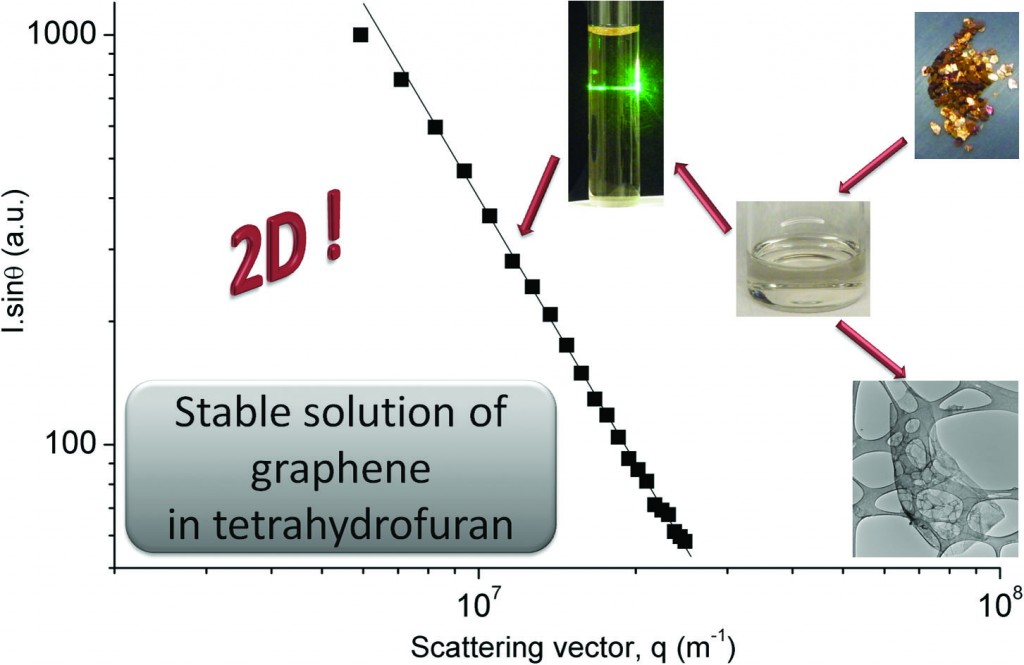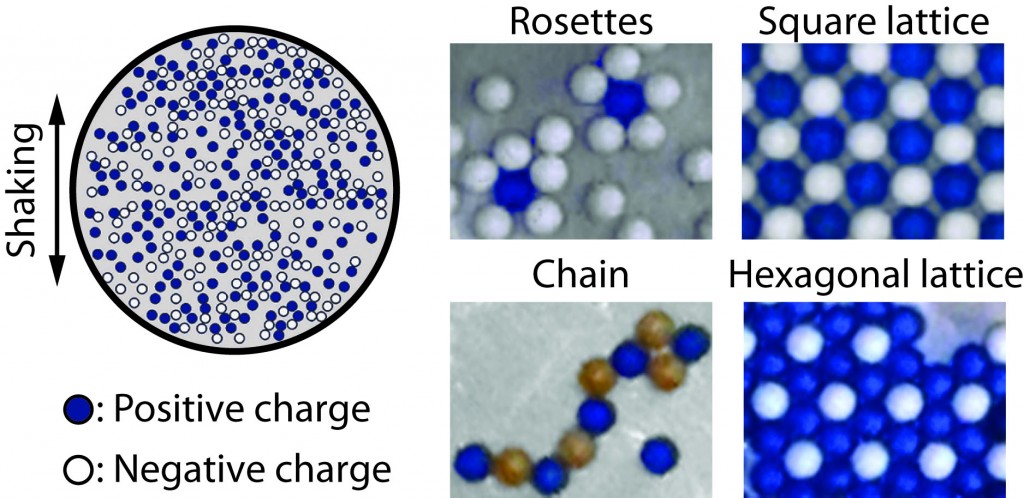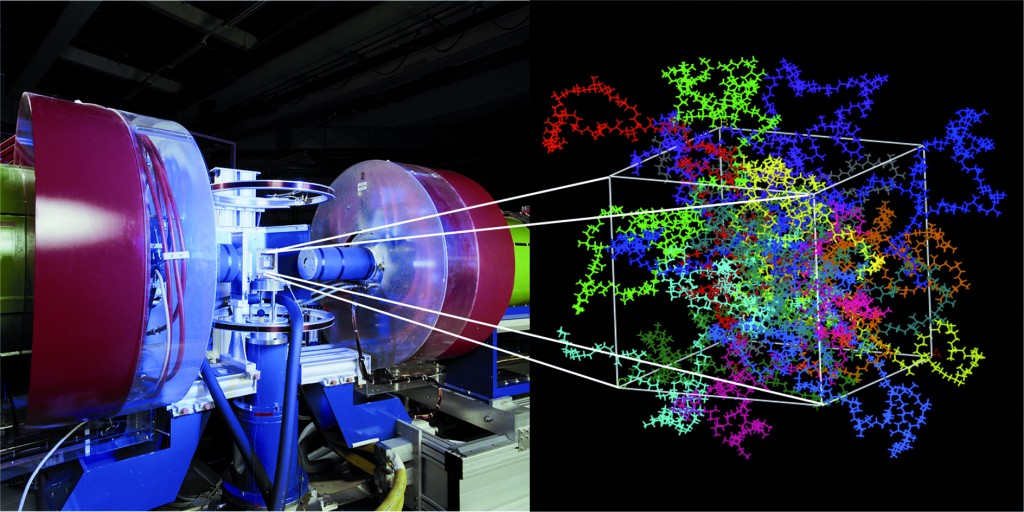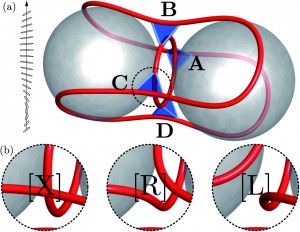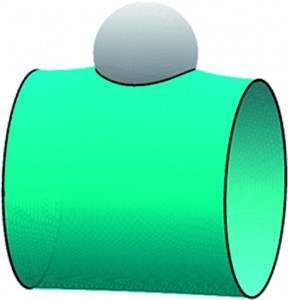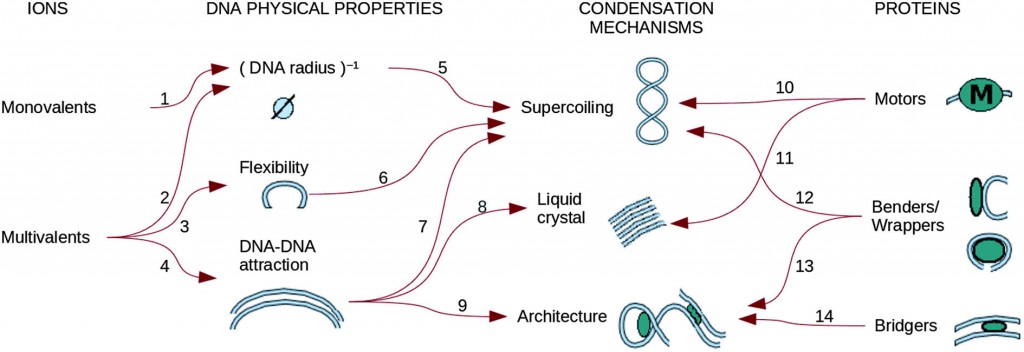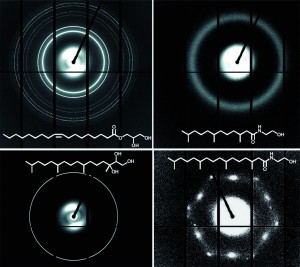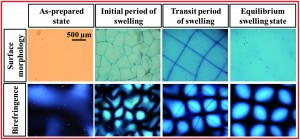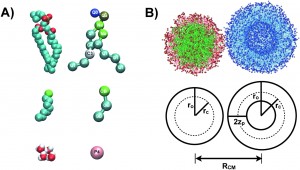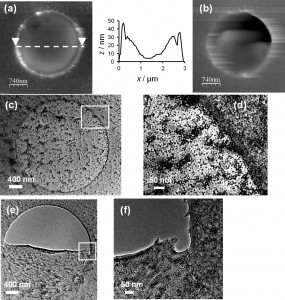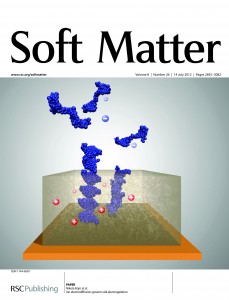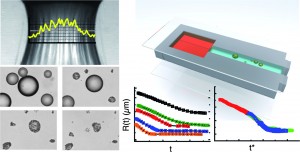Graphene is considered as the ultimate membrane material because it is atomically flat and extremely tough, but at the same time it can be very flexible. Solubilising graphene layers will be an important process for future applications. One route to do this has been to use graphite intercalation compounds which have been shown to be soluble in organic solvents such as NMP. However, NMP has a high boiling point and is highly toxic.
In this hot paper, Pénicaud and colleagues show that the graphite intercalation compound KC8 is soluble in low boiling point and less toxic solvents such as ethers like THF. The authors study the graphene in solution, focussing on the crumbling of the 2D layers using light scattering and molecular dynamic simulations. Nanodroplets of solvent are thought to trigger graphene folding.
Solutions of fully exfoliated individual graphene flakes in low boiling point solvents
Soft Matter, 2012, 8, 7882. DOI: 10.1039/c2sm25960e (free to read for a short time)
Follow the latest journal news on Twitter @softmatter or go to our Facebook page.
To keep up-to-date with all the latest research, sign-up to our RSS feed or Table of contents alert.


